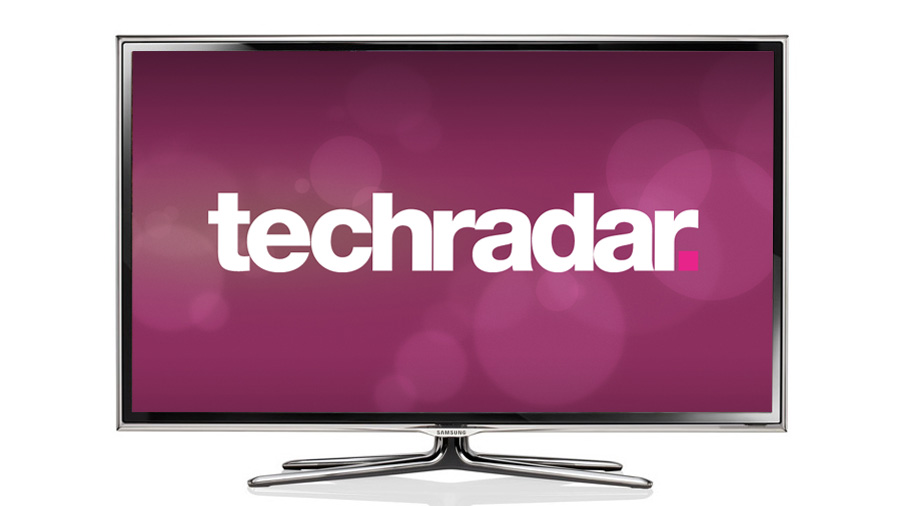Why you can trust TechRadar
As noted in the Features section of this Samsung UE40ES6800 review, the TV doesn't especially impress in its out-of-the-box state, on account of its garish presets.
Colours look almost scarily over-saturated and brightness levels are explosive, but in being so they tend to over-exaggerate source noise and cause backlight uniformity issues, and motion looks too silky for film-viewing comfort.
It's possible to be quite impressed by the Samsung UE40ES6800's picture presets, if you're watching predominantly bright, colour-rich material in a very bright room. As soon as you dim the lights, though, and especially if you're watching a contrast-rich film, the Samsung UE40ES6800's presets really don't do either what you're watching or even Samsung's own LCD panel any favours.
After a little work calming down the TV's brightness, colour and motion excesses, though, thankfully the UE40ES6800 proves to be another strong Samsung LED TV. Colours can, for the most part, be made to look likably natural, with good levels of subtlety when it comes to portraying colour blends and a fairly wide apparent colour gamut.
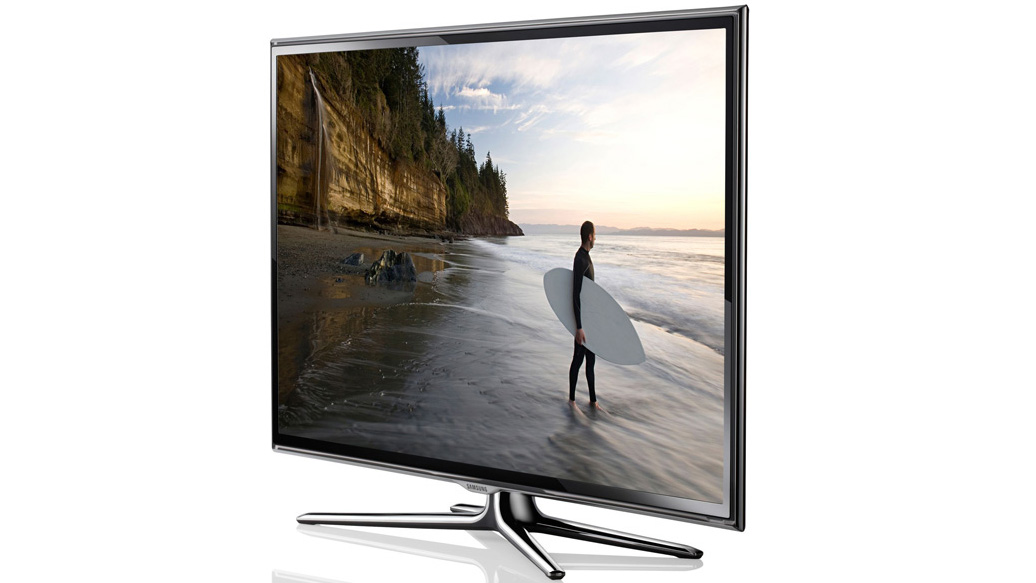
It has to be said that the ES7000 and ES8000 models both perform comfortably better where colour is concerned, and also expose a slightly plasticky, over-smooth appearance to skin tones on the Samsung UE40ES6800.
But for its money the Samsung UE40ES6800's colour handling can still generally be considered good.
The same goes for its motion handling. So long as you stick with the Clear or, at a push (and probably only with TV footage rather than Blu-ray discs) Standard settings, the television does a pretty good job of keeping judder down to acceptable/natural levels while also fighting against the motion blurring problems innate to LCD technology.
To be clear about this, the motion clarity of the ES7000 and ES8000 models is markedly higher, but again, for its money, the Samsung UE40ES6800 is clean enough. Especially with HD sources.
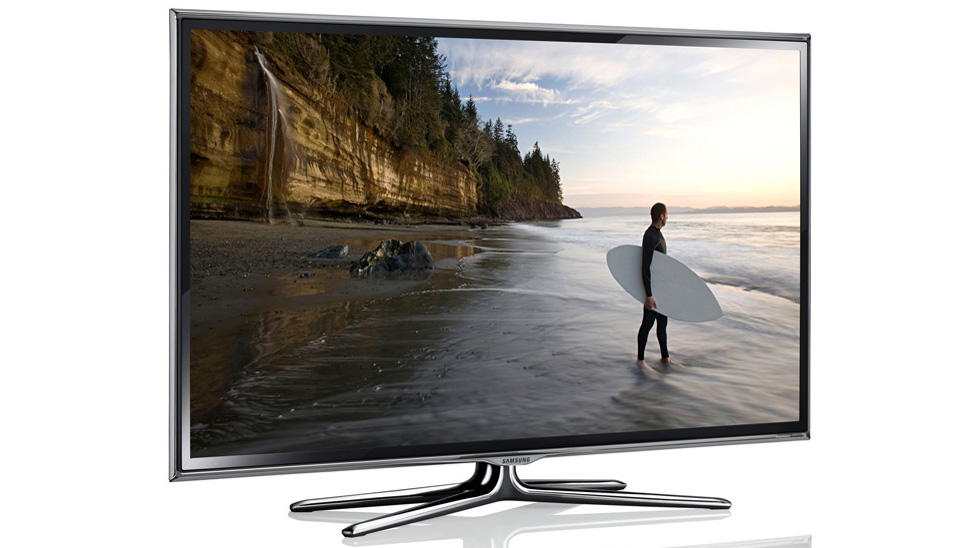
In some ways the Samsung UE40ES6800's contrast performance is decent. During scenes that combine bright and dark content simultaneously, the set's light engine balances the LED output levels quite niftily for the most part, so that the bright bits look punchy while the dark bits look deep.
During very dark sequences, though, there's a slightly grey sheen to parts of the picture that should look black, as well as some subtle backlight inconsistencies even if you've got the backlight cranked all the way down to its six level.
Just last year we probably wouldn't have felt troubled by either of these issues. But 2012 has seem some marked improvements by rival brands where black levels are concerned, making even slight flaws in any screen's black level make up stand out more.
The balance between shadow detailing and black level depth is handled considerably better by Samsung's own ES7000 and ES8000 models too, probably on account of their more advanced micro dimming system. But at the Samsung UE40ES6800's price point, it's the Sony models that represent the most troubling LED-based competition.
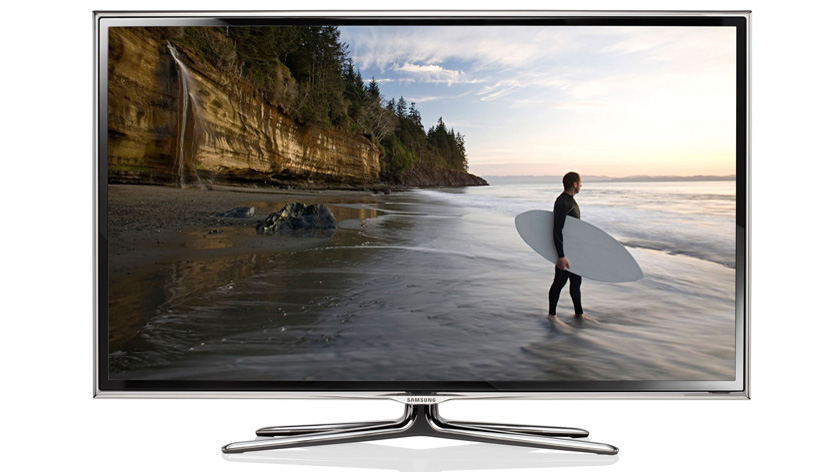
Standard definition on the Samsung UE40ES6800 is OK, rather than brilliant. The upscaling engine does a pretty good job of keeping noise levels in check, but the resulting pictures are a bit softer than we'd ideally like.
HD images, on the other hand, generally look impressively crisp and detailed. Yet again we're bound to say that there's more sharpness and finesse still to be seen from Samsung's more expensive TVs, but this is to be expected.
3D performance
Shifting to 3D playback, the Samsung UE40ES6800 gives a generally strong account of itself. For starters, Samsung's latest 3D glasses are impressively lightweight by active shutter standards (though there is a negative attached to this in that their lack of frame bulk does mean they let a bit too much light in around their edges).
Also strong is the amount of brightness and colour punch 3D images retain, despite the inevitable dimming effect of the shuttering glasses, and there's clearly enough detail evident when watching 3D Blu-ray discs to remind you of why the active 3D format was developed.
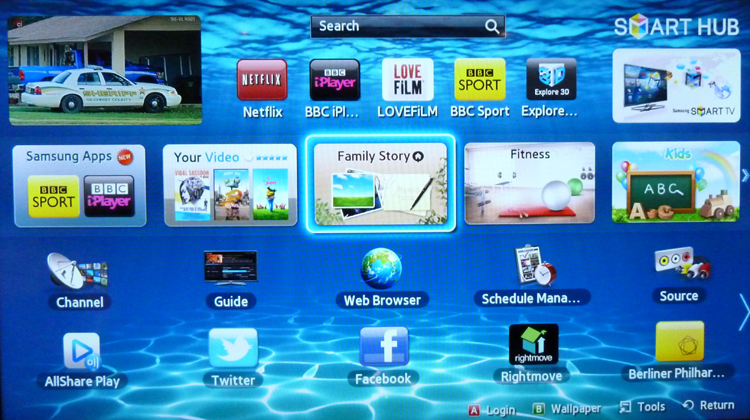
Early Samsung ES6800 models we've seen suffered quite heavily with crosstalk noise. But thankfully this is greatly reduced on this final production sample, to the extent that it only appears under very extreme circumstances involving very small bright objects in the far distance appearing against dark backgrounds. In other words, for most of the time you won't notice crosstalk at all.
As a gaming monitor, the Samsung UE40ES6800 is solid. Its black levels are deep enough to prove satisfactory for dark gaming experiences, and its motion handling is respectable if not exactly pin-sharp.
As for input lag, we measured only around 35ms while using the Game picture preset, which counts as a strong result by modern TV standards.
Considered in isolation, the conclusion from this section of the review has to be that the Samsung UE40ES6800 is a strong picture performer. Its only problem, really, is the amount of compelling rivals around this year.
John has been writing about home entertainment technology for more than two decades - an especially impressive feat considering he still claims to only be 35 years old (yeah, right). In that time he’s reviewed hundreds if not thousands of TVs, projectors and speakers, and spent frankly far too long sitting by himself in a dark room.
